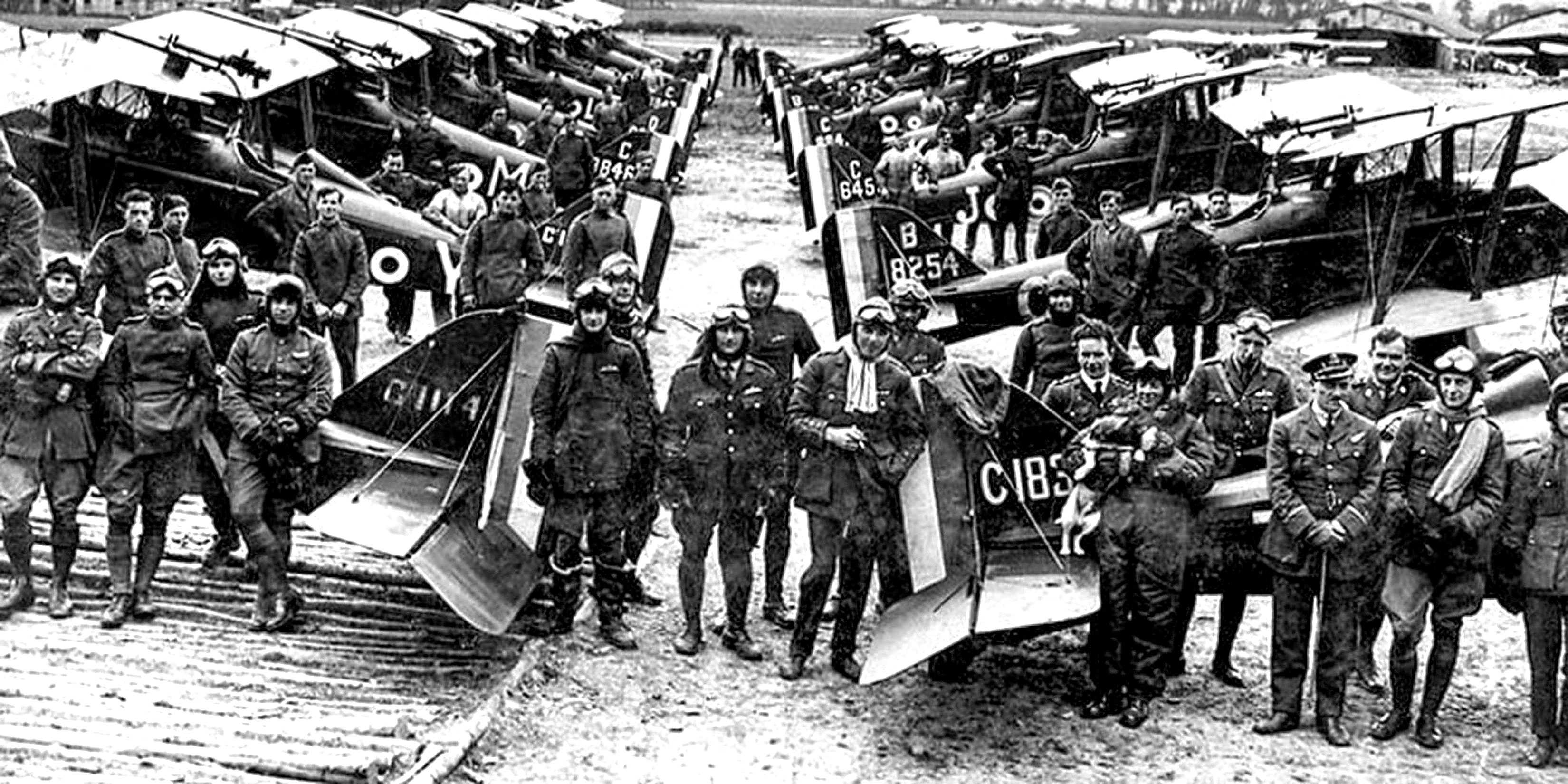Tom Slater & Tom St. Amand
The timing of William Neil Hanna’s death was shocking.
The Armistice had been signed, the First World War was over, and Lieutenant Hanna had survived.
In Sarnia, his prominent family was preparing for his return from Europe.
But in late November his parents received the devastating news: their son had been killed in a flying accident with the British Royal Air Force on Nov. 20 — nine days after the war was declared at an end.
William Neil Hanna was born in Sarnia on Jan. 18, 1895, the only child of William John Hanna and Jean (Neil). Jean died a week later from complications giving birth.
The following year, William Hanna married Maude (MacAdams) and the union blessed them with Margaret and Katherine, half-sisters of Neil. The family eventually settled at 226 Brock St. and was respected in the community because of Mr. Hanna’s high profile.
He was a local lawyer and politician who represented Lambton West in the Ontario Legislature, becoming in 1905 a cabinet minister in Conservative government.
When war broke out, he became one of Prime Minister Robert Borden’s trusted advisors. He was also director of several companies and became the president of Imperial Oil.
Neil Hanna attended SCITS, St. Andrew’s College in Aurora and Victoria College in Toronto. Eager to become a lawyer himself, he enrolled in the Law Society of Upper Canada.
But the Great War changed those plans.
In 1915, at the age of 20, Hanna enlisted in the Canadian Over-Seas Expeditionary Force and became a gunner with the Royal Field Artillery, 26th Battery.
He was severely wounded in the hip at Mametz Wood in France in July of 1916. Following months of treatment, Hanna returned to Sarnia to convalesce.
The injured hip prevented him from rejoining the Artillery, but Hanna was determined to serve again. Despite its known risks he applied to join the British Air Force.
Flying was in its infancy and extremely dangerous. The wooden-framed planes were flimsy and equipping them with heavy guns was problematic.
The demands of war also meant pilot training was cursory. Many recruits had only a few hours of instruction time before flying solo; consequently, more pilots died from accidents and mechanical failure than from enemy fire.
Lieutenant Hanna, 23, joined the Royal Flying Corps, 36th Training Squadron and arrived in Italy in October of 1918. There, he was engaged in flying over the Austrian front. Shortly after his arrival, the Austrian armies surrendered and within a month the Armistice was signed.
But on Nov. 20th, Lieutenant Hanna was observing the Austrian retreat from the air when he was killed in some kind of flying accident. Few details remain but a news article mentioned he died while completing his training.
The loss of Lieutenant Hanna affected many, and none more so than his father. William Hanna was already suffering from ill health and had travelled to Georgia that winter for its warm climate. He died there four months after Neil’s death.
His eulogy mentioned that both he and his beloved son had given themselves to the service of Britain and her Allies.
A tribute in St. Andrew’s College yearbook read, “Quiet, unassuming and steadfast, Neil Hanna endeared himself to many friends.”
The University of Toronto’s Victoria College still awards “The William Neil Hanna Scholarship” to a third year student who shows “outstanding promise of leadership and public service.”
The Hanna name remains prominent in Sarnia, as much for Maude’s philanthropy before her death in 1946 as for her husband’s achievements.
A century ago, however, Lieutenant William Neil Hanna, their only son, paid the ultimate sacrifice in service to his country.
He is buried in Montecchio Precalcino Communal Cemetery Extension in Italy.


